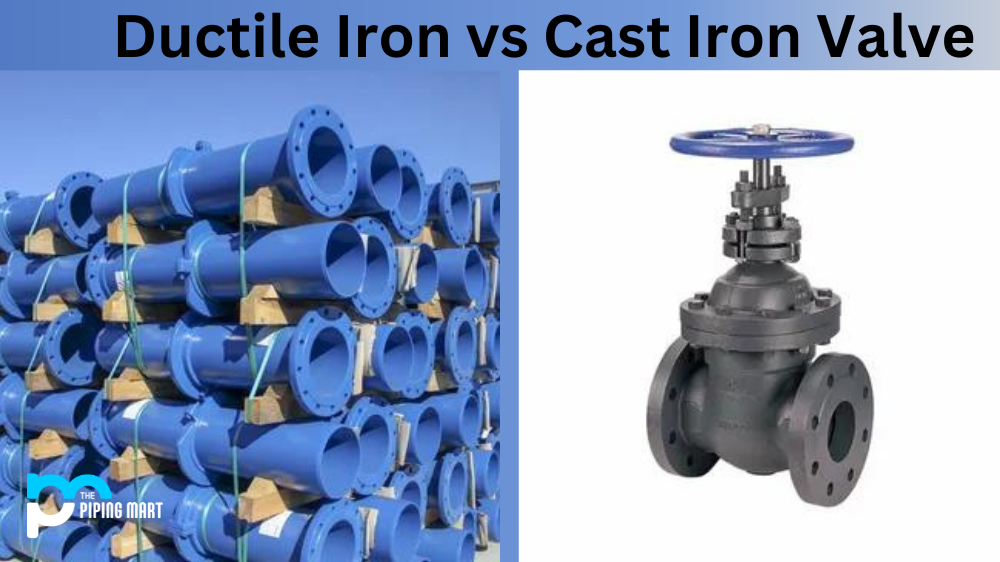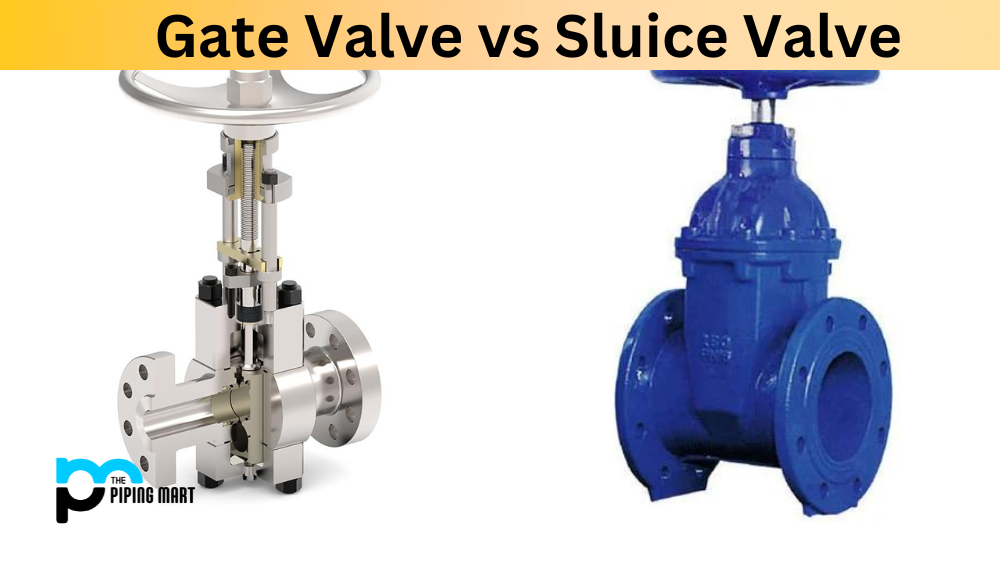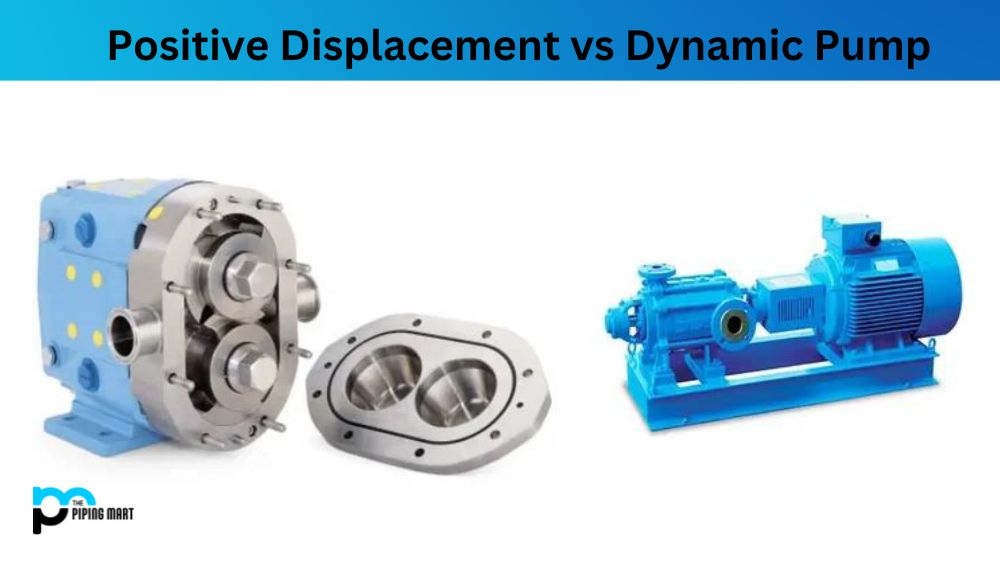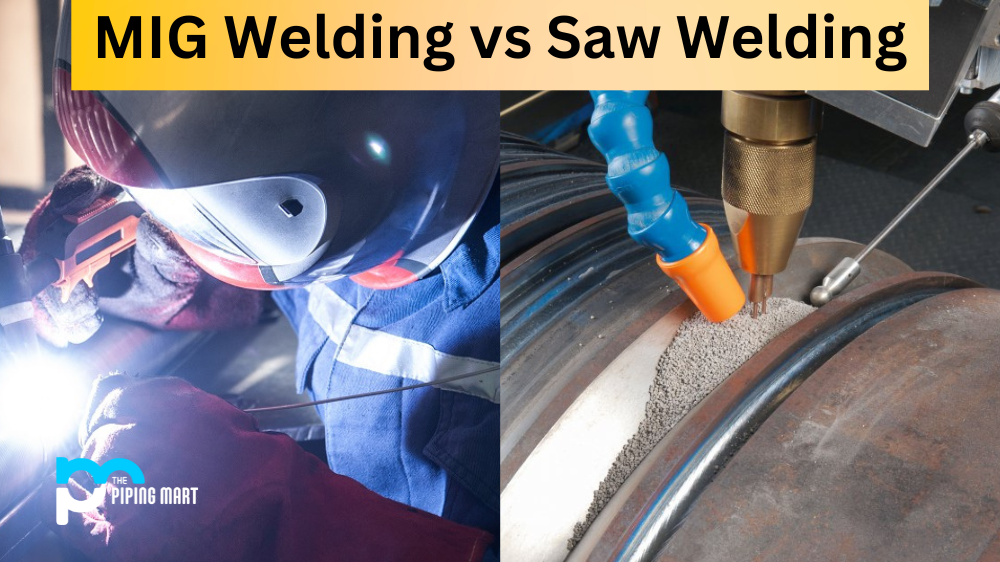Valves are a vital component in any pipeline system, responsible for controlling the flow and pressure of the media. Ductile and cast iron valves are two of the most popular valves in the market. Both ductile and cast iron valves have been used for decades and have different properties and applications. In this article, we will dive deeper into the difference between ductile iron and cast iron valves and help you understand the advantages and disadvantages of each type.
Difference Between Iron Valve and Cast Iron Valve
Ductile iron valves are made by adding magnesium or cerium to cast iron. The added magnesium or cerium improves the iron’s tensile strength, ductility, and impact resistance. Thus, ductile iron valves are more durable and flexible and have a higher resistance to corrosion than cast iron valves. On the other hand, cast iron valves are brittle and more susceptible to cracking. Cast iron valves are made of iron, carbon, and silicon and are cheaper and easier to manufacture than ductile iron valves.
Advantages of Ductile Iron Valve
Ductile iron valves have many advantages over cast iron valves. Due to its high flexibility, flexible iron valves can absorb shock and vibration without cracking or breaking. An adjustable iron valve is more stress-resistant and has a higher tensile strength, making it suitable for high-pressure applications. Adjustable iron valves are also highly durable and have a long life span. Furthermore, adjustable iron valves are corrosion-resistant and ideal for water, wastewater treatment plants, and sewage systems.
Advantages of Cast Iron Valve
Although cast iron valves are brittle, they have unique advantages over ductile iron valves. Cast iron valves are cheaper and easier to manufacture, making them suitable for low-pressure applications. Cast iron valves have excellent heat resistance and can withstand high temperatures. Therefore, cast iron valves, such as boilers and steam lines, are commonly used in steam applications. Cast iron valves are also suitable for non-corrosive media like air and gas.
Application of Ductile Iron Valve and Cast Iron Valve
Choosing between ductile iron valves and cast iron valves depends on the application. Flexible iron valves are ideal for high-pressure applications and corrosive media. Adjustable iron valves are commonly used in water, wastewater treatment plants, and sewage systems. On the other hand, cast iron valves are suitable for low-pressure applications and non-corrosive media like air and gas. Cast iron valves, such as boilers and steam lines, are commonly used in steam applications.
Other Differences
- Ductile iron is more vital than cast iron.
- Ductile iron is more resistant to corrosion than cast iron.
- Ductile iron can withstand higher temperatures than cast iron.
- Ductile iron is more malleable than cast iron, meaning it can quickly form shapes.
- Ductile iron is typically more expensive than cast iron.
Conclusion
In conclusion, both ductile and cast iron valves have their place in the market. Flexible iron valves are more versatile and suitable for high-pressure and corrosive media applications. On the other hand, cast iron valves are ideal for low-pressure and non-corrosive media applications. Understanding the unique properties of each valve type and choosing the correct valve for your application will help to improve the pipeline system’s performance, reduce maintenance costs, and enhance the system’s safety. Consult with your valve supplier for guidance on choosing the correct valve for your application.
Meet Heer, a dynamic and driven writer learning tricks of her trade in the metal industry. With a background in Digital Marketing, Heer brings a unique perspective to her writing, sharing valuable insights. Apart from blogging she like reading and hiking.




